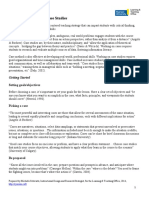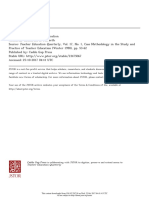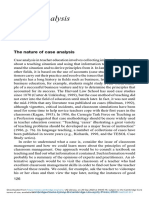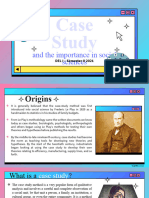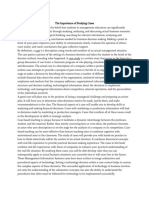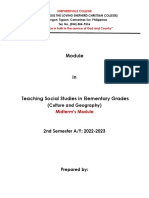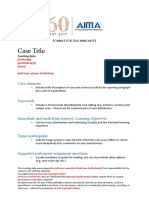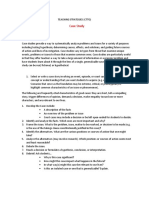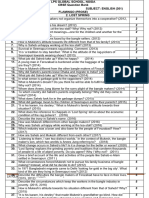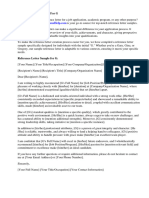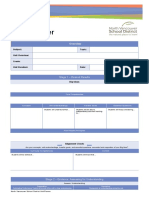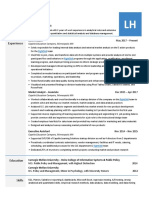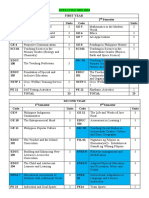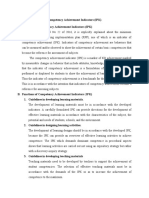0% found this document useful (0 votes)
46 views27 pagesStrategy 6 - Using Case Study As A
This document outlines the use of case studies as a teaching strategy, defining case studies and their components, and detailing when and why they should be used. It emphasizes the advantages of case studies in fostering critical thinking and deeper understanding among students while providing guidelines for their effective implementation. Additionally, it discusses the teacher's preparation and the importance of guiding classroom discussions to enhance student engagement and learning outcomes.
Uploaded by
panesvalerie3Copyright
© © All Rights Reserved
We take content rights seriously. If you suspect this is your content, claim it here.
Available Formats
Download as PPTX, PDF, TXT or read online on Scribd
0% found this document useful (0 votes)
46 views27 pagesStrategy 6 - Using Case Study As A
This document outlines the use of case studies as a teaching strategy, defining case studies and their components, and detailing when and why they should be used. It emphasizes the advantages of case studies in fostering critical thinking and deeper understanding among students while providing guidelines for their effective implementation. Additionally, it discusses the teacher's preparation and the importance of guiding classroom discussions to enhance student engagement and learning outcomes.
Uploaded by
panesvalerie3Copyright
© © All Rights Reserved
We take content rights seriously. If you suspect this is your content, claim it here.
Available Formats
Download as PPTX, PDF, TXT or read online on Scribd
/ 27









